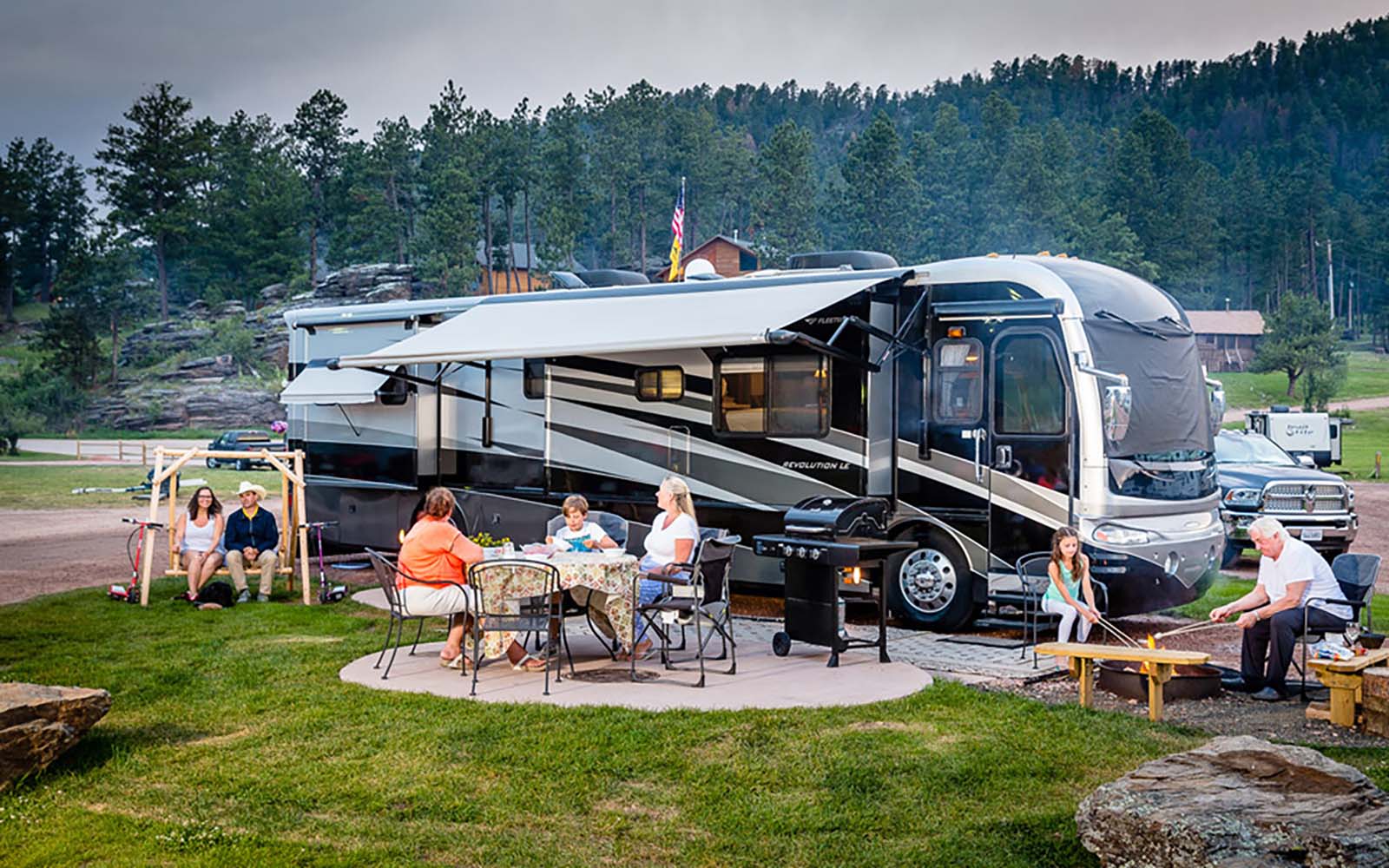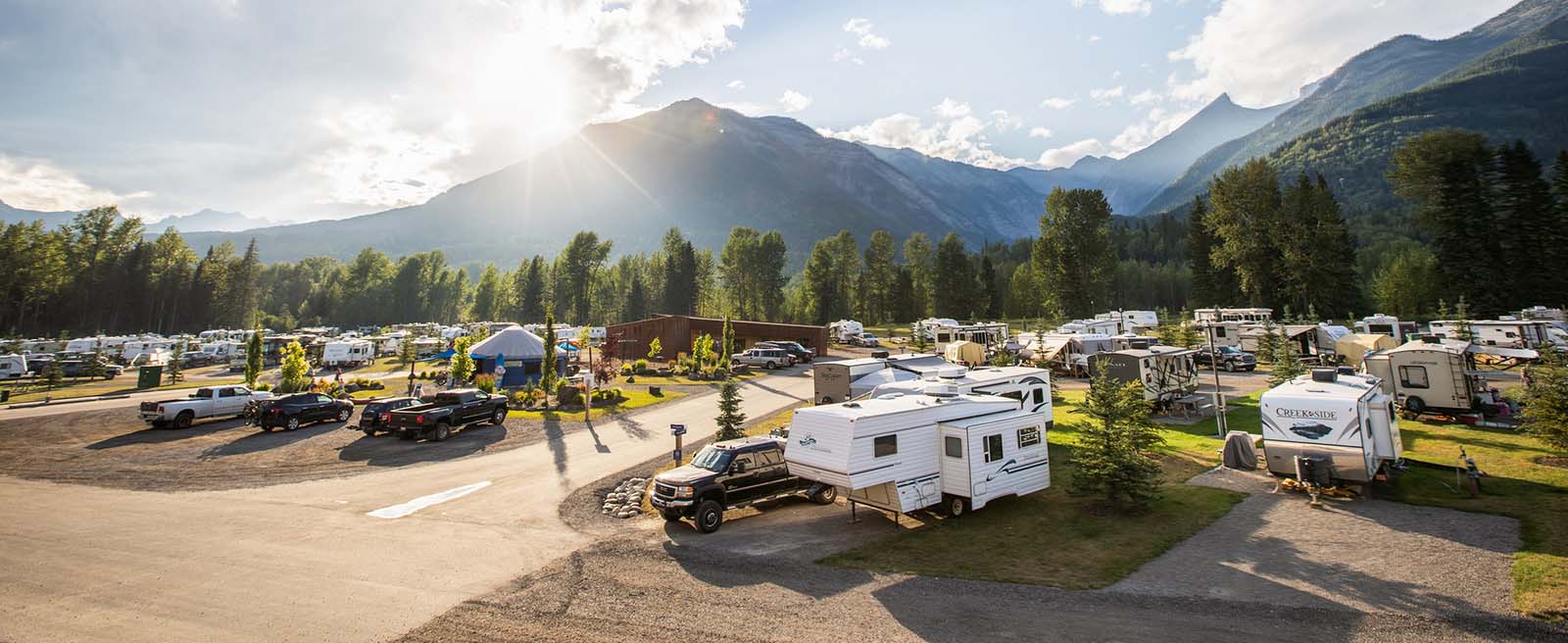H2: How to Build a Battery Bank for Your RV H3: Introduction to Battery Banks for RVs H3: Assessing Your Power Needs H3: Choosing the Right Batteries H3: Understanding Charging Systems H3: Building Your Battery Bank

H2: Introduction to Battery Banks for RVs Battery banks are an essential component of any RV system, providing a reliable power source when camping off-grid. A battery bank consists of multiple batteries connected in parallel to increase overall capacity and voltage. This article will guide you through the process of building a battery bank for your RV, ensuring you have enough power to run all your appliances and devices during your adventures.
H2: Assessing Your Power Needs Before starting the battery bank project, it’s crucial to assess your power needs. Consider the number and type of appliances you plan to use while off-grid, such as the refrigerator, lighting, water pump, and electronic devices. Estimate their power consumption by checking their specifications or using a power meter. This assessment will help determine the number of batteries and their capacity required for your battery bank.
H2: Choosing the Right Batteries Selecting the right batteries for your RV battery bank is key to maximizing its efficiency and longevity. Deep cycle batteries, such as AGM (Absorbent Glass Mat) or lithium-ion batteries, are the best choices, as they are designed to handle deep discharges and provide reliable power for longer durations. Consider factors like battery capacity, voltage, and cycle life to ensure compatibility with your RV system.

H2: Understanding Charging Systems Having a robust charging system is vital to maintaining your battery bank’s optimum performance. Most RVs come with a built-in charging system that charges the batteries while connected to shore power or running the generator. However, solar panels can be a great addition to your charging system, offering an eco-friendly and cost-effective way to replenish your battery bank when sunshine is abundant.
H2: Building Your Battery Bank Now that you have assessed your power needs, chosen the right batteries, and understood the charging systems, it’s time to build your battery bank. Start by selecting a suitable location in your RV, preferably a well-ventilated area to prevent overheating. Connect the batteries in parallel, ensuring all positive terminals are connected together and all negative terminals are connected together. Use appropriate gauge wiring and ensure tight connections. Once connected, test the voltage across the battery bank and make any necessary adjustments.
Building a battery bank for your RV can greatly enhance your off-grid camping experience. By understanding your power needs, choosing the right batteries, and having an efficient charging system, you can ensure a reliable and sustainable power source for all your adventures. So, gather your tools, follow the steps outlined above, and embark on your next RV journey with confidence!


